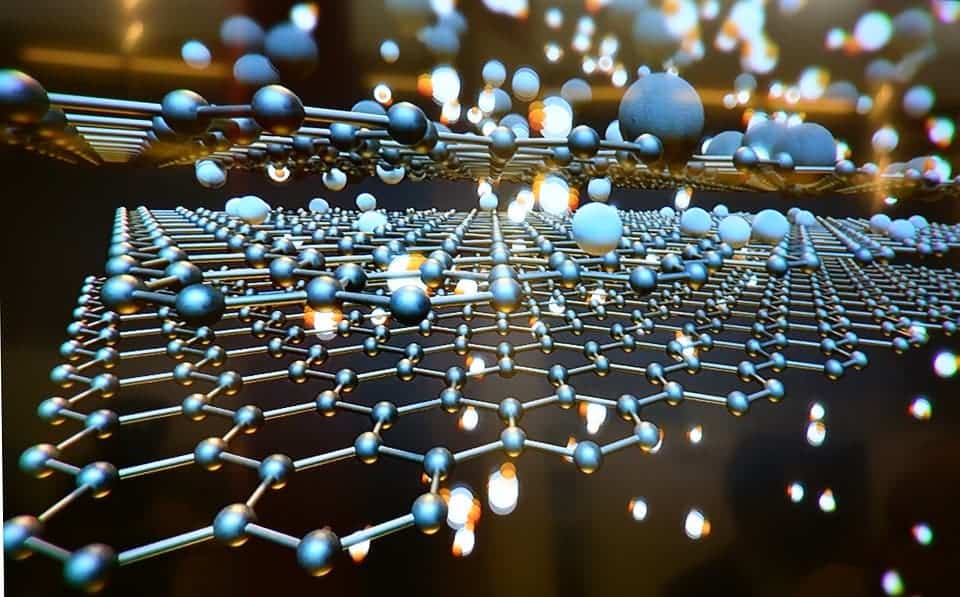Researchers have devised a novel method for manufacturing graphene that uses far less raw materials than conventional methods.
Graphene is an atom-thick sheet of carbon arranged in a honeycomb-shaped lattice. Its properties are remarkable as far as industrial applications go: it’s the strongest material in the world, has a fantastic electrical conductivity, has unlimited heat conductivity, is more sensitive than human skin, and has many other uses. But, for the world to actually get a taste of graphene’s might, we first have to find a way to manufacture it in bulk, cheaply, environmentally-friendly, and without compromising quality. That’s quite a lot to ask from a 2-D material.
Typically, graphene is made by using ultrasound to exfoliate very thin layers from graphite, and then dispersing these layers in large amounts of organic solvent. If there isn’t enough solvent in the solution, the graphene layers will clump together to re-form bulk graphite. Using this method, yielding one kilogram of graphene requires about one ton of organic solvent. This makes the process highly costly and environmentally unfriendly.
A step closer to making graphene mainstream
A team at the National University of Singapore, in collaboration with researchers at Fudan University, has devised a new, much more efficient method that uses up to 50 times less solvent. First, the graphite is pre-treated under highly alkaline conditions. Then, it is exfoliated to trigger flocculation — the process in which graphene layers continuously cluster together to form graphene slurry. Because the method introduces electrostatic repulsive forces between the graphene layers, these are prevented from reattaching themselves into graphite, thus saving the need for so much solvent.
The resulting graphene slurry can then be easily separated into graphene monolayers on the spot or stored away for months. The same slurry can be used to 3D print conductive graphene aerogels, which are very lightweight sponge-like materials that can remove oil spills from the sea.
“We have successfully demonstrated a unique exfoliation strategy for preparing high-quality graphene and its composites,” says study leader Loh Kian Ping, a professor from the chemistry department at the NUS Faculty of Science and head of 2D materials research at the university’s Centre for Advanced 2D Materials.
“Our technique, which produces a high yield of crystalline graphene in the form of a concentrated slurry with a significantly smaller volume of solvent, is an attractive solution for industries to carry out large scale synthesis of this promising material in a cost-effective and sustainable manner,”
The findings were reported in the journal Nature Communications.










